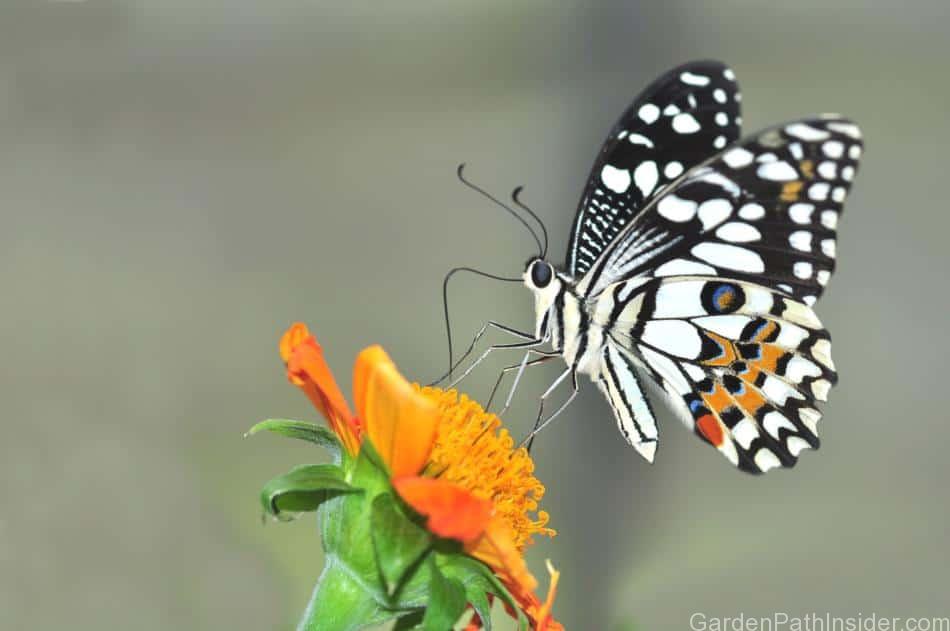
Butterflies are a welcome guest in any outdoor space. With the right plants, you can attract these beautiful creatures and witness the magic of a butterfly’s life cycle. You can turn your garden into a butterfly garden by adding any of the plants below to your yard, and quickly begin attracting these wonderful pollinators.
Butterflies are attracted to plants for nectar and to lay their eggs. A butterfly will lay eggs on a host plant, and once the egg hatches the plant becomes the larval caterpillar’s food source. Adult butterflies drink nectar from the flowers and collect pollen on their feet and legs, which gets distributed as they fly from flower-to-flower drinking nectar and pollinating.
The below selection of beautiful annuals and perennials include key plant details to help you design your dream butterfly garden.
As with any new addition to your garden, make sure to research the local laws and regulations when adding a new species to the local ecosystem.
Some of the plants below are toxic if consumed by humans, and some of the plants below are classified as invasive in some states and countries but not in others. Always check with your local governing body first.
Cover image details: Lime butterfly on sunflower_© Thawat Tanhai/123rf.com
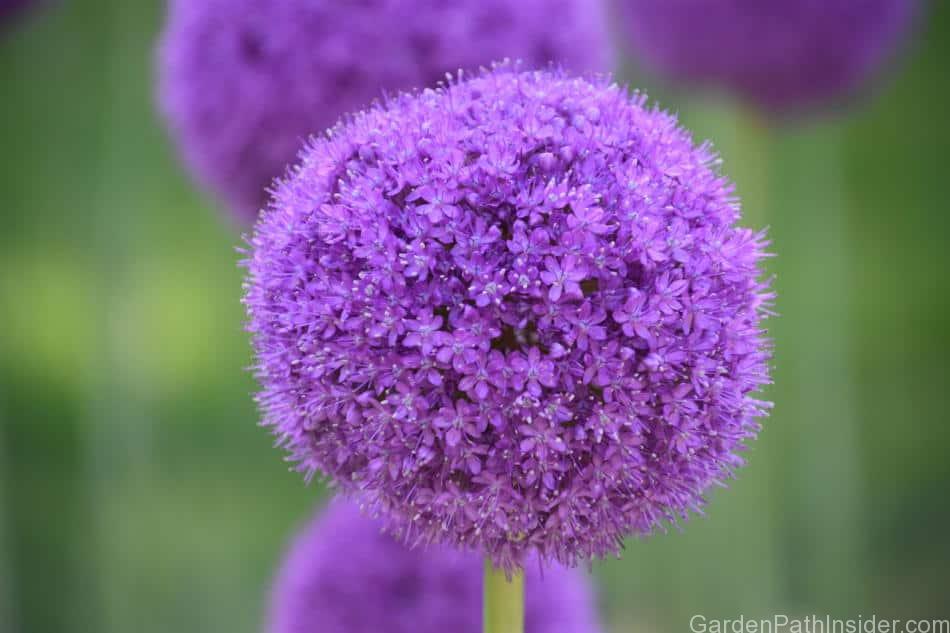
| Allium | |
| Name: | Allium |
| Binomial Name : | Allium cepa |
| Life Cycle: | Perennial |
| Sun Needs: | Full sun to partial sun |
| Soil Needs: | Dry/ Sandy |
| Water Needs: | keep the soil on the drier side |
| Bloom Time: | Spring and Summer |
| Butterfly benefits: | Allium provides nuctar to butterflies |
| Facts: | Height 8 to 30 inches tall (20cm to 76cm) |
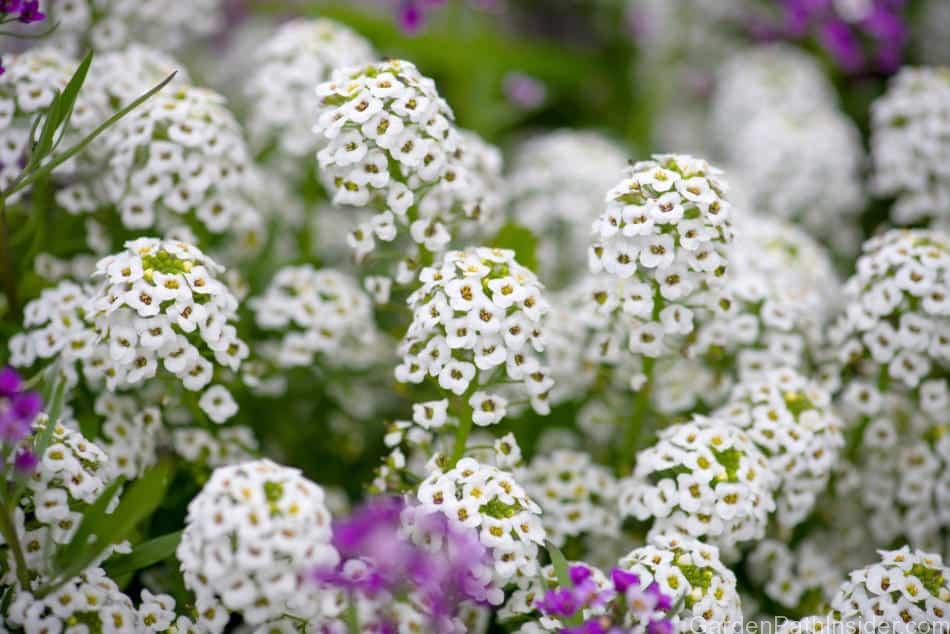
| Alyssum | |
| Name: | Alyssum |
| Binomial Name: | Lobularia maritima |
| Life Cycle: | Perennial |
| Sun Needs: | Full sun to partial sun |
| Soil Needs: | Well-draining nutrient rich |
| Water Needs: | Keep soil moist, check soil hydration daily |
| Bloom Time: | Late Spring through Fall |
| Butterfly Benefits: | Alyssum provides nectar to butterflies |
| Facts: | This plant grows as a mound with branches growing up to 36 inches high and 48 inches wide (91cm high, 121cm wide) |
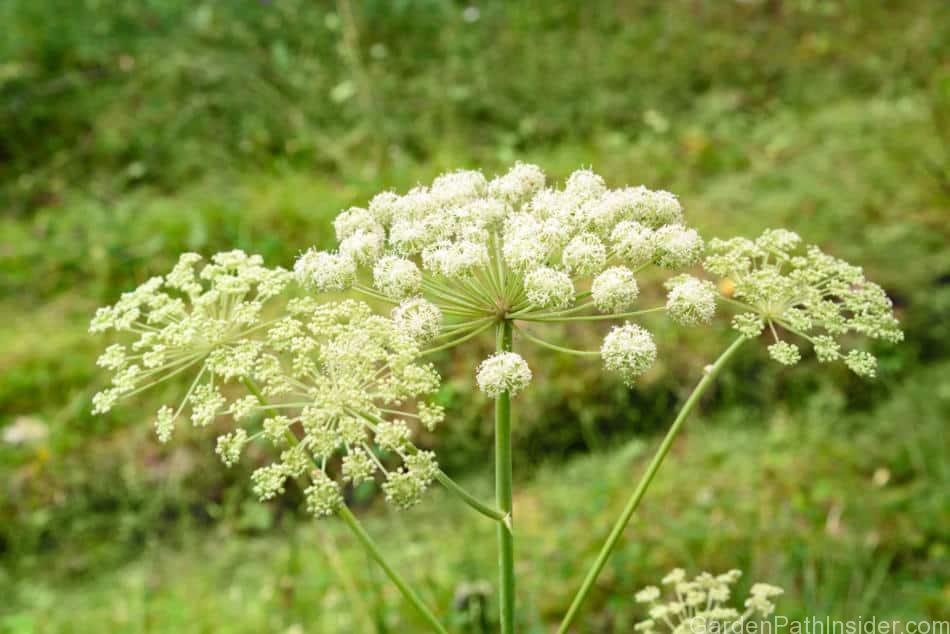
| Angelica | |
| Name: | Angelica |
| Binomial Name: | Angelica archangelica |
| Life Cycle: | Perennial |
| Sun Needs: | Full sun to partial sun |
| Soil Needs: | Damp nutrient rich soil, ideally by bodies of moving or standing water |
| Water Needs: | Frequent watering needed, this plant thrives in moist soil conditions. |
| Bloom Time: | Begins July through late summer |
| Butterfly Benefits: | Angelica is used by butterflies as a larval host |
| Facts: | Also referred to as wild celery |
| Use caution as this plant is toxic if consumed |

| Aromatic Aster | |
| Name: | Aromatic Aster |
| Binomial Name: | Aster oblongifolius |
| Life Cycle: | Perennial |
| Sun Needs: | Full sun to partial sun |
| Soil Needs: | Moist fertile soil, can thrive in dry sandy soils |
| Water Needs: | Frequent watering |
| Bloom Time: | Fall |
| Butterfly Benefits: | Caterpillars eat the foliage of this plant |
| Facts: | Butterflies are attracted to the flowers of the Aster, while caterpillars feed on the leaves of this plant. |
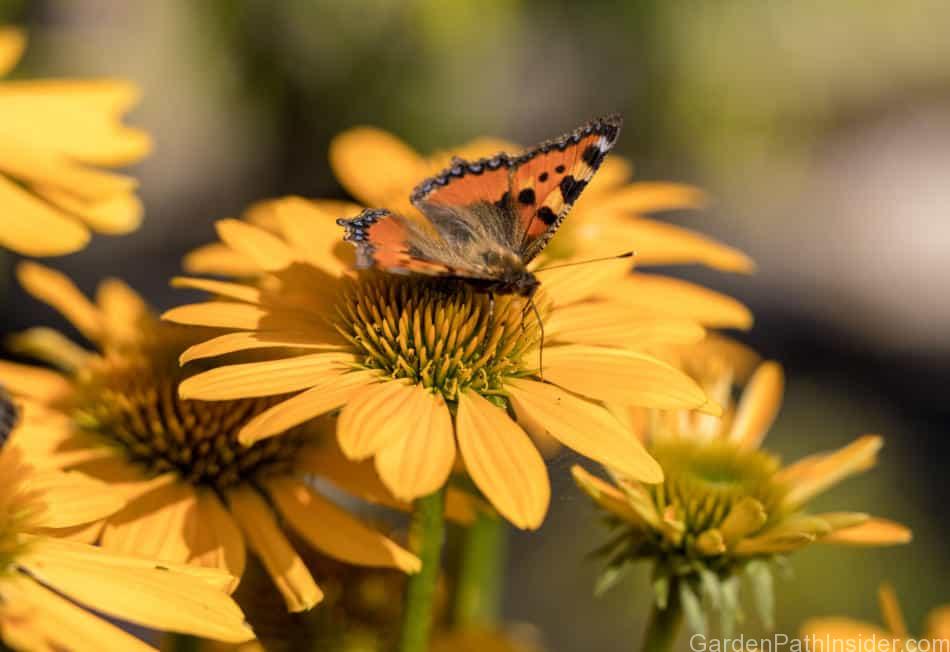
| Black- eyed Susan | |
| Name: | Black-eyed Susan |
| Binomial Name: | Rudbeckia hirta |
| Life Cycle: | Annual and perennials depending on the variety of Rudbeckia |
| Sun Needs: | Full sun |
| Soil Needs: | Well-draining nutrient rich |
| Water Needs: | Keep soil moist, check soil hydration daily |
| Bloom Time: | Mid-Summer through Fall |
| Butterfly Benefits: | Rudbeckia hirta is used by butterflies as larval host |
| Facts: | Black-eyed Susan is in the sunflower family and grows throughout the USA and Canada. |
| Although this plant is an annual, the seeds of Rudbeckia will drop in the fall and then sprout in the spring of the following year. | |
| With several varieties ranging in size and width, the Black-eyed Susan family is a wonderful addition to any butterfly garden. |
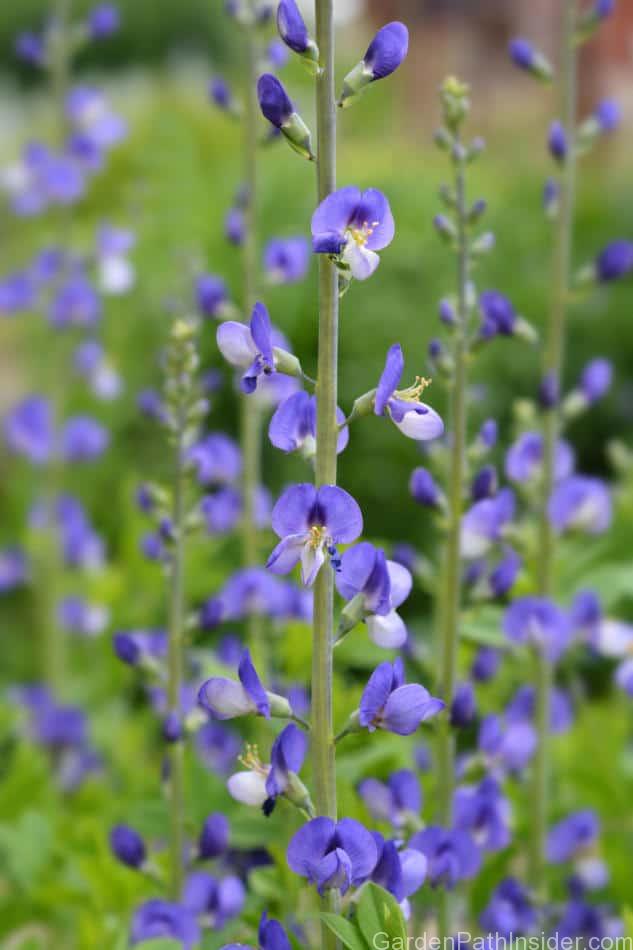
| Blue Wild Indigo | |
| Name: | Blue Wild Indigo |
| Binomial Name: | Baptisia australis |
| Life Cycle: | Perennial |
| Sun Needs: | Full sun |
| Soil Needs: | Moist nutrient rich soil that is slightly acidic |
| Water Needs: | Keep soil moist |
| Bloom Time: | Mid- Spring through Summer |
| Butterfly Benefits: | Wild Blue Indigo leaves are eaten by caterpillars and the flowers of the plant support the butterfly population. |
| Facts: | Baptisia australis can grow up to 6 feet tall and 3 feet wide (182cm tall x 36cm wide) |
| This plant is a great addition to any garden, as it attracts many species of pollinators. | |
| Tends to be highly deer resistant |
Click Below To Continue The Journey On The Next Page!
Please note: While we have worked to provide the most accurate information, climate and growing location will impact the size, height, bloom-time, annual/perennial status, and may impact color. We have gathered this data from personal experience, with online resources used for additional clarification. Additional references include google and usda.gov

